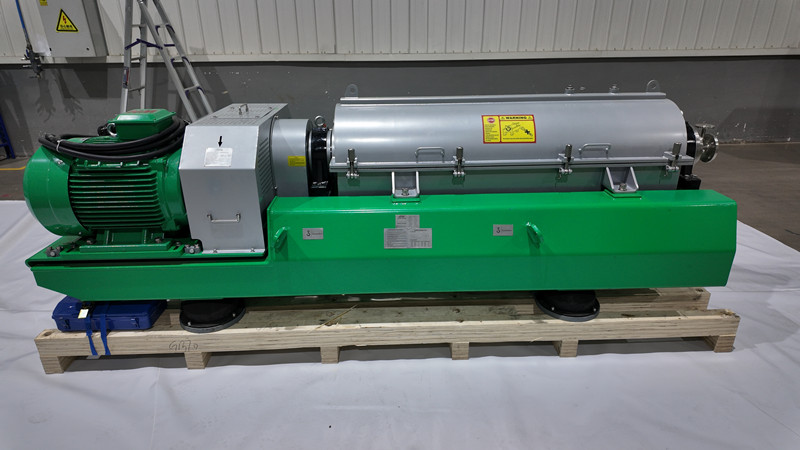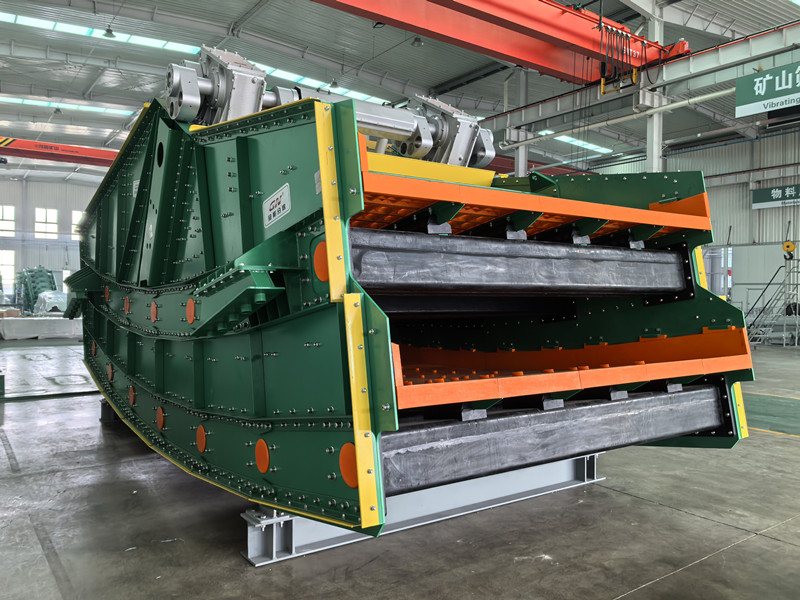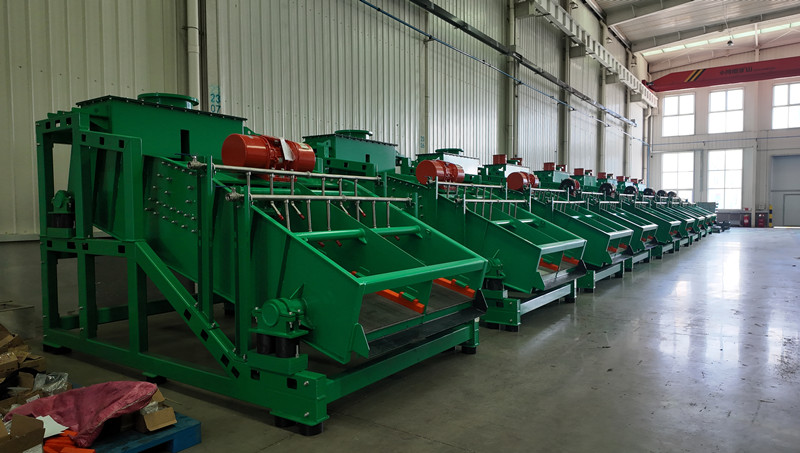GN Separation has recently completed the delivery of a sewage treatment decanter centrifuge to an overseas customer, playing a pivotal role in a municipal and environmental protection project centered on wastewater sludge dewatering. This specialized equipment is engineered to boost the customer’s efficiency in sludge management, while also complying with the ever-tightening environmental regulatory standards.

With the ongoing growth of urbanization and industrial activities, wastewater treatment plants are increasingly facing challenges such as surging sludge production, rising disposal expenses, and the imperative to adhere to stringent environmental regulations. Sludge dewatering stands as a critical process in wastewater treatment, as it diminishes sludge volume, streamlines its transportation and disposal, and fosters more sustainable plant operations. In this particular project, the GN decanter centrifuge functions as a cornerstone for sludge dewatering, coming into play after the biological and physical-chemical treatment stages.
The GN sewage treatment decanter centrifuge supplied is crafted to deliver dependable performance amidst the varied sludge conditions typically found in wastewater treatment plants. Its horizontal decanter centrifuge design facilitates uninterrupted solid-liquid separation and guarantees uniform dewatering outcomes. By harnessing centrifugal force, the equipment adeptly separates solid particles from the liquid phase, producing a dewatered sludge cake that is primed for subsequent processing and a clear centrate that can be reintroduced into the treatment system.

To cater to the customer’s specific operational preferences and process requirements, the decanter centrifuge is outfitted with a VFD (Variable Frequency Drive) control system. This system empowers operators to fine-tune the bowl speed and differential speed, thereby optimizing the separation performance based on the sludge’s characteristics, such as its solids concentration and viscosity. This adaptability not only enhances operational flexibility during regular activities and seasonal shifts but also promotes energy efficiency across diverse working conditions.
Environmental sustainability was a paramount consideration throughout the equipment’s design and selection journey. By enabling efficient sludge volume reduction, the decanter centrifuge aids in mitigating the environmental repercussions linked to sludge transportation and disposal. The decrease in sludge volume leads to a reduction in hauling frequency and disposal demands, a factor of growing significance as environmental regulations and sustainability expectations intensify across numerous regions.
Furthermore, the decanter centrifuge is constructed with durability and ease of maintenance as top priorities. Its key components are meticulously chosen to endure the rigors of wastewater sludge applications, ensuring enduring reliability and hassle-free maintenance. This strategy enables customers to sustain consistent plant performance while effectively managing lifecycle costs.

This overseas project highlights GN Separation’s unwavering dedication to the environmental protection and wastewater treatment sectors. By providing sludge dewatering equipment solutions, GN Separation partners with global clients to confront real-world challenges in wastewater management. Drawing on its technical prowess, versatile equipment configurations, and prompt project support, GN Separation is committed to contributing to wastewater treatment endeavors that prioritize efficiency, environmental responsibility, and operational reliability.










